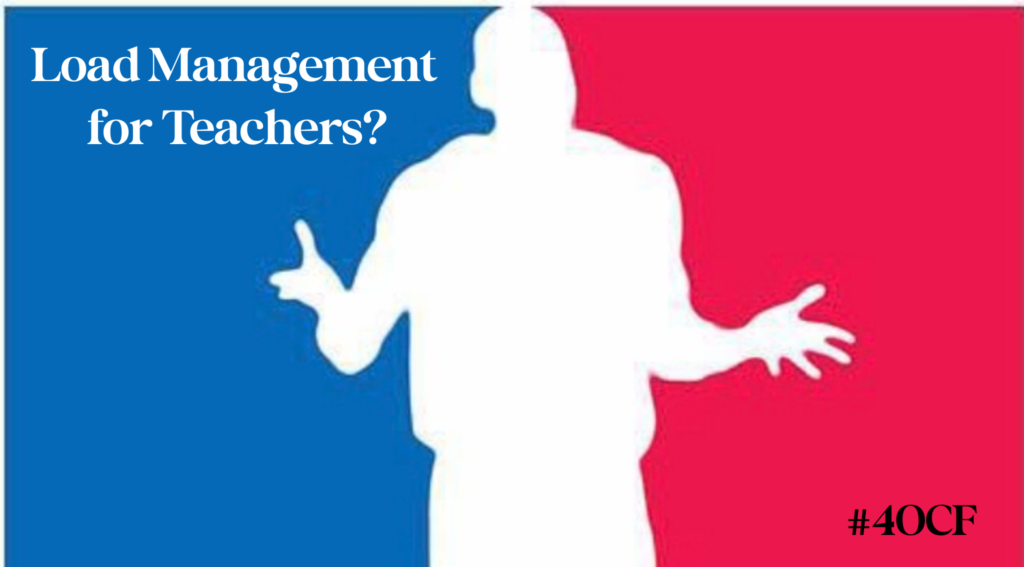As an NBA fan, I’ve found it interesting to see how the use of data analytics has impacted the schedule and game/load management. (Load management is an offshoot of modern sports science research that can help predict when players are most vulnerable to injury and in need of protection.) Many teams have figured out how to deploy their players within the regular season schedule in a way to maximize their chances at winning (from a season long perspective) while minimizing the wear and tear on their players. A loss on a random Tuesday night in December is not as big of a deal as adding additional minutes to a star player that might impact his performance later in the year.
At the same time, I’ve been thinking a lot about the staff absence issue we’ve been dealing with in schools since even before the pandemic. It’s been near impossible to find subs when teachers are out of the building. In thinking about parallels between the two situations, I wonder if we could use game/load management theory to help with teachers. Could we, for example, figure out when a single mental health day for a teacher would help them to avoid the use of multiple sick days later in the year? It seems that more and more, we need to consider load management for our teachers. We need to figure out a way to lessen the impact of everything that we ask teachers to do on their mental health and physical well being.
You can only squeeze so much out of someone before they are completely dry.
I often ask teachers if there is anything that I can help with or any resources that I can provide. A few years ago, I had a teacher who when I asked this question, shared the same response each time. She wanted a second teacher in the classroom. We decided that all of the struggles in our education system could simply be solved by the addition of a second teacher in each classroom. Students struggling? A second teacher could help. Students not challenged? A second teacher could help. Not covering enough curriculum? A second teacher could help. We ultimately determined that the idea was too pie in the sky. It would cost way too much money to put a second teacher in every classroom.
As I think about the mental health crisis for our teachers, I wonder if this solution is the answer. If we had two teachers in every classroom, we could solve a number of problems. Teachers could share all of the instructional responsibilities while splitting the logistical paperwork nightmare. Teachers could take a mental health day without feeling guilty. There would be no instructional loss when a sub was in for one of the teachers. We might not even need a sub, knowing that for a single day, someone who knows the kids is prepared and ready to carry on.
I was fortunate to work in a full day inclusion classroom for a couple of years. Two of us shared responsibility for the regular education, and special education students in the class. We divvied up the responsibilities so that students and parents couldn’t tell who was the regular education teacher and who was the special education teacher. It was a happy collaboration in that we both worked to meet the needs of every student in the class. From experience, I know that two teachers in the classroom works.
Maybe we need to re-examine our school structures just like NBA teams looked at load management several years ago. I could almost guarantee that having two teachers in each classroom would have an impact on student learning outcomes. It might also have an impact on teachers’ mental and physical well being. We just need to figure out how to make it happen.
Rich





Pingback: Slowing Down – 4 O'Clock Faculty
Pingback: Teacher Workload – 4 O'Clock Faculty